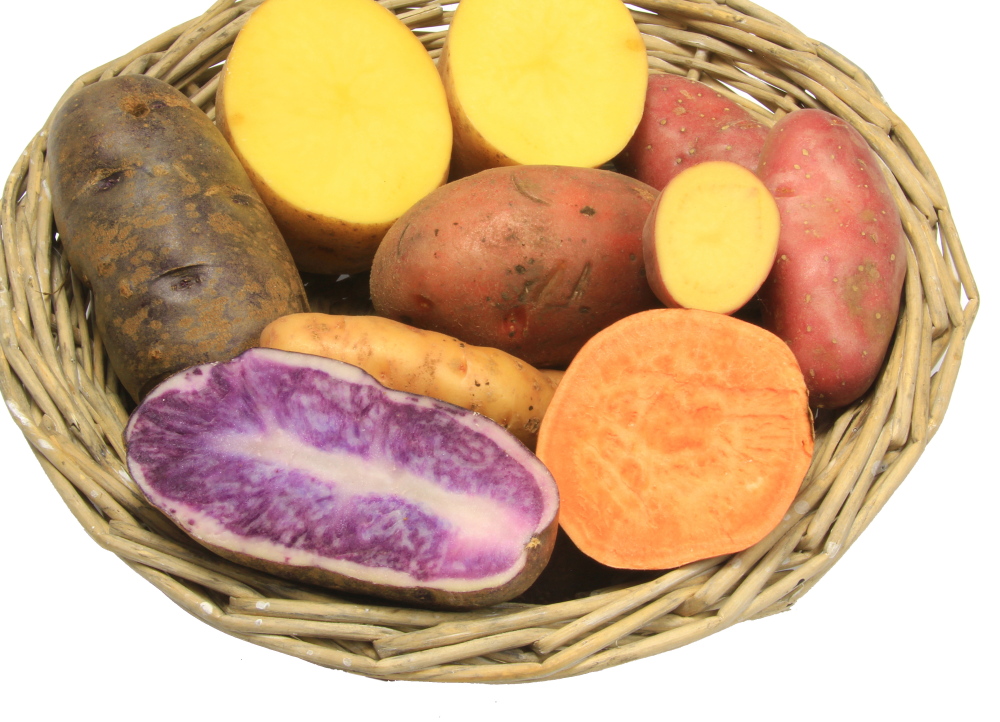It’s easier to be a radical than I thought.
“Planting a few heads of lettuce is a radical act, when we learn how much fuel is used to transport lettuce from California,” Karen Bussolini, an author and garden coach from Connecticut, said in her talk at the New England Grows conference this winter.
After 40 years in the same suburban home and more than 40 years earning my living from the same company – both of which help define boring – I’m going to spend this gardening season in search of the inner radical that I hope is hidden inside the sedate, semi-retired 60-something I’ve become.
It is nice to think of something as enjoyable as vegetable gardening as a radical act, but it is indeed the most local part of the buy-local movement. By growing our own peas, peppers, potatoes, tomatoes and carrots, gardeners take cash – maybe not much, but some – from Big Agriculture.
That is the same Big Agriculture that adds synthetic fertilizer and pesticides to thousands of acres of drought-stricken California land that is irrigated with water piped in from hundreds of miles away. How sustainable can that be?
Part of being radical is to spread the wealth. I’ve written about Maine Harvest for Hunger, formerly Plant a Row for the Hungry, for years, but never donated myself.
But a couple of weeks ago I noticed we have about 30 pounds of potatoes about to go soggy in our root cellar – which I consider a waste of epic proportions. Over the winter, we ate all the potatoes we wanted, gave some to our children, a few to friends, and still we have this waste.
Next year I’ll figure out how many potatoes we’ll actually eat and give to family and friends, and I’ll donate the rest to the local food pantry (I’ve already found it at the Harvest for Hunger website, umaine.edu/harvest-for-hunger.) Since Maine is a small town, it’s not surprising that I know the coordinator for Cape Elizabeth.
We have other surplus vegetables during the season, and I plan to donate those, if we have enough, but donating the potatoes next year is a solemn promise.
Away from my own garden, I intend to do more to create garden spaces for people who may not have enough land for gardens of their own. Over the years, I have spent a little time volunteering at the Yardscaping Gardens at Back Cove, Coastal Maine Botanical Gardens, the Arboretum at Fort Williams and other places. These are public gardens – two of them free – where people of any income can enjoy plants and nature.
Even more important are community gardens, where people can plant food in a publicly owned plot, presumably helping to serve healthier meals to their families. I don’t need a plot for myself, but maybe those gardens could use volunteer help.
I’m also going to get more radical in our choices of plants. Back to potatoes: My wife Nancy complained to me last fall that all the varieties we plant have white flesh. So this year we are planting Adirondack Red, Adirondack Blue, Red Thumb and the yellow variety Anuschka, all of which have colored flesh, in addition to my usual Kennebec. I will admit that I made the color choice before I decided to give more potatoes away, but I hope the food pantry will appreciate them.
It might not be radical, but I want more color in my life.
Last fall, we planted 100 bulbs that will be blooming this spring, all in different colors.
After the gray and white winter of snow and seemingly constant clouds we have just endured, I know color will be more important to my emotional well-being than ever.
Nancy usually takes charge of planting the flowers, but I have plans to put more annual flower seeds in the vegetable garden.
Among the seeds waiting in the cellar for planting are five varieties of sunflower seeds that will look stunning among the tomatoes and peppers.
Just the thought of them is keeping me warm.
Tom Atwell has been writing the Maine Gardener column since 2004. He can be contacted at 767-2297 or at tomatwell@me.com.
Send questions/comments to the editors.


